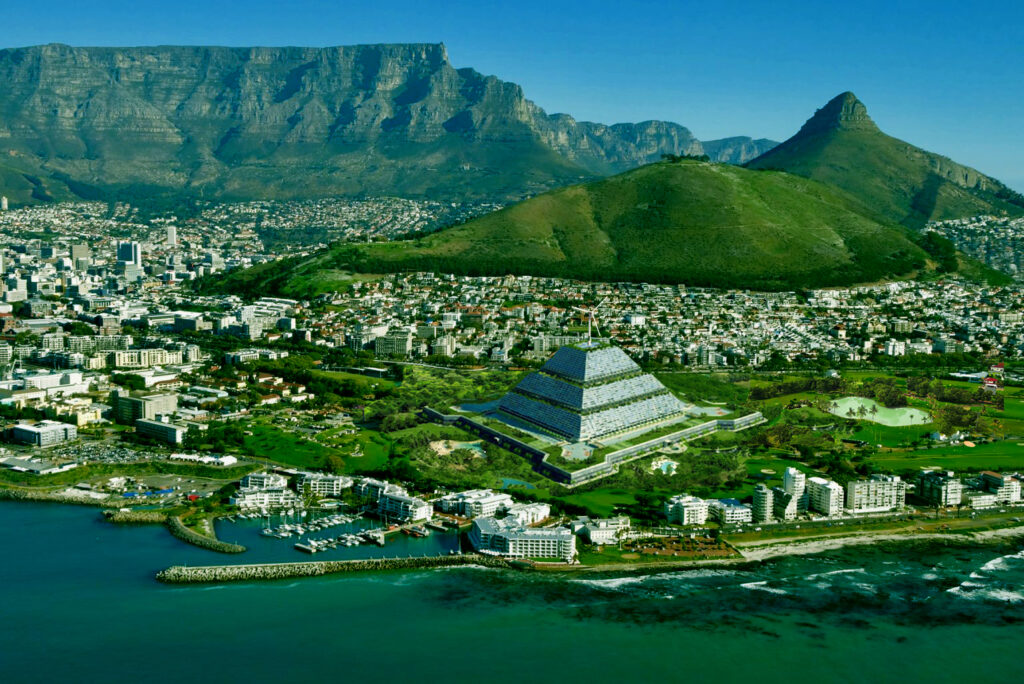[stextbox id=”black”]“I don’t consciously strive to create beauty but if my design is not beautiful I know something is wrong.” R.Buckminster-Fuller
Some Cities are born beautiful, whereas others have had beauty thrust upon them.
[stextbox id=’info’ caption='”Beautiful Cities” come in 2 varieties’](1) Those located in beautiful and/or dramatic physical settings (e.g., Cape Town, Sydney, Vancouver, Rio, Hong Kong) and (2) those in unremarkable settings which have been made “beautiful” by the hand of man, such as Singapore with its carefully-tended gardens and greenery wherever one looks. Or Paris’ wide tree-lined boulevards, impressive buildings, bridges, and monuments. Or, as in Amsterdam, Bruges, and Venice, man-made canals lined with beautiful historic buildings.
But this beauty is often a façade – like a Potemkin village – as even the most widely acclaimed “beautiful” cities tend to be surrounded by a lot of ugliness – seedy run-down districts, drab treeless industrial zones, sprawling monotonous commuter suburbs, or even crime-ridden slums and squatter camps. But the tourist sees little of this ugliness except perhaps during the ride from the airport into the centre where the “vibe” and the best hotels and restaurants are located. So when we talk about a (man-made) “beautiful city” we are usually referring only to its central core with its best buildings and parks, etc. We rarely if ever mean the ENTIRE city – the city AND all its dreary and often dangerous suburbs.
OASIS CITIES will have no industrial sprawl, no residential sprawl, no rural sprawl, and no run-down, seedy, “edgy” districts, ethnic ghettoes, or “no go zones”

Δeltapolis combines the Excitement of the City and the Charm of the Village with the Tranquillity of the Countryside.


